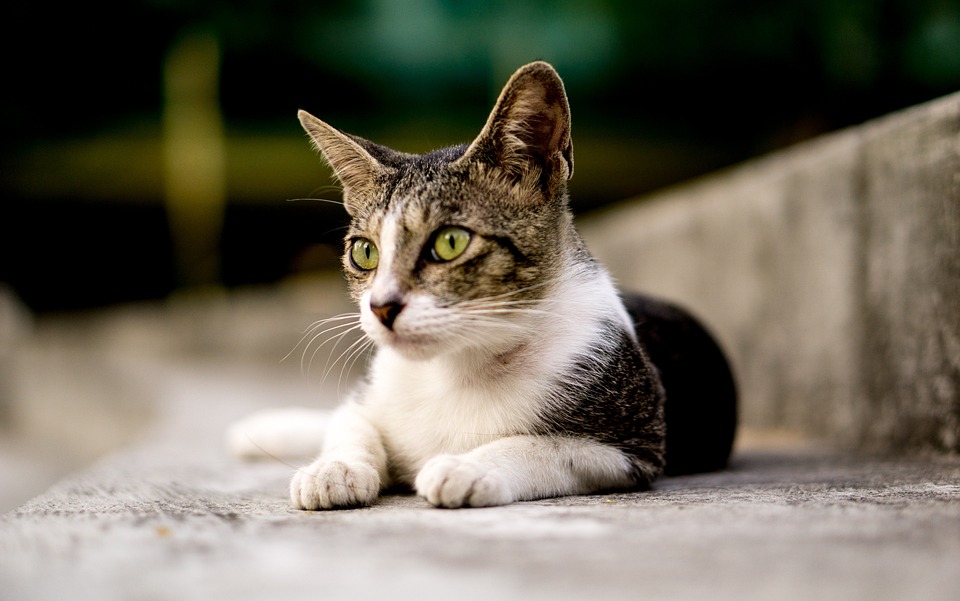Recognizing and addressing behavioral changes in cats can be a challenging task for friends and family members of cat owners. Cats are known for their independent nature, but when they start exhibiting abnormal behaviors, it is essential to recognize and understand them to provide the necessary support.
In this comprehensive guide, we will explore common behavioral changes in cats, their potential causes, and practical tips on how to address them. By familiarizing yourself with these changes, you will be better equipped to assist both the cat and their owner in navigating through these issues.
One of the most common behavioral changes in cats is aggression. Sudden aggression towards humans or other animals can be caused by fear, territoriality, pain, or redirected aggression. To address aggression, it is important to provide a safe environment, seek veterinary advice, and implement behavior modification techniques.
Excessive grooming is another behavioral change that cat owners may notice. Compulsive licking or chewing of fur can be caused by stress, anxiety, skin irritations, or allergies. To address excessive grooming, it is important to identify the underlying cause, provide environmental enrichment, and consult a veterinarian to rule out any medical conditions.
Changes in appetite can also be concerning. Increased or decreased appetite in cats can be caused by medical issues, stress, or dietary changes. To address changes in appetite, it is important to monitor food intake, consult a veterinarian, and maintain a consistent feeding routine.
Litter box issues, such as avoiding the litter box or eliminating outside of it, are also common behavioral changes in cats. These issues can be caused by medical concerns, litter box aversion, or stress. To address litter box issues, it is important to ensure a clean litter box, identify possible triggers, and consult a veterinarian for a medical examination.
Excessive vocalization, such as increased meowing, yowling, or crying, is another behavioral change that cat owners may face. This can be caused by attention-seeking, anxiety, cognitive decline, or medical conditions. To address excessive vocalization, it is important to provide mental stimulation, rule out medical issues, and create a calm environment.
Supporting cat owners through these behavioral changes is crucial. Encouraging veterinary consultation is important to rule out any underlying medical conditions. Assisting with scheduling and accompanying the owner to the vet can provide much-needed support. Discussing the behavioral changes with the veterinarian can also aid in diagnosis.
Promoting environmental enrichment is another way to support cat owners. Providing toys, scratching posts, and interactive playtime can alleviate stress and boredom. Suggesting puzzle feeders or treat-dispensing toys for mental stimulation can also be beneficial.
Maintaining consistency in a cat’s daily routine is essential. Keeping a consistent schedule for feeding, playtime, and social interaction helps reduce stress and anxiety. Minimizing changes in the household environment and offering stability can also be helpful.
Encouraging positive reinforcement training is another way to address behavioral changes. Teaching the owner positive reinforcement techniques for behavior modification, rewarding desired behaviors, and redirecting unwanted behaviors can be effective. Suggesting professional trainers or behaviorists if necessary can also provide additional support.
In the FAQ section, we address common questions about seeking veterinary advice, the impact of stress on behavioral changes, natural remedies for anxiety, supporting older cats with cognitive decline, and signs that may indicate a medical issue rather than a behavioral change.
Remember, behavioral changes in cats can be complex, and it is crucial to approach them with patience, understanding, and professional guidance. By offering support to the cat owner and taking appropriate steps, you can help improve the well-being of both the cat and their loving family.








